NYC’s Forgotten ‘War on Christmas Trees’
Discover how an obscure holiday crackdown affects festive street vendors today!


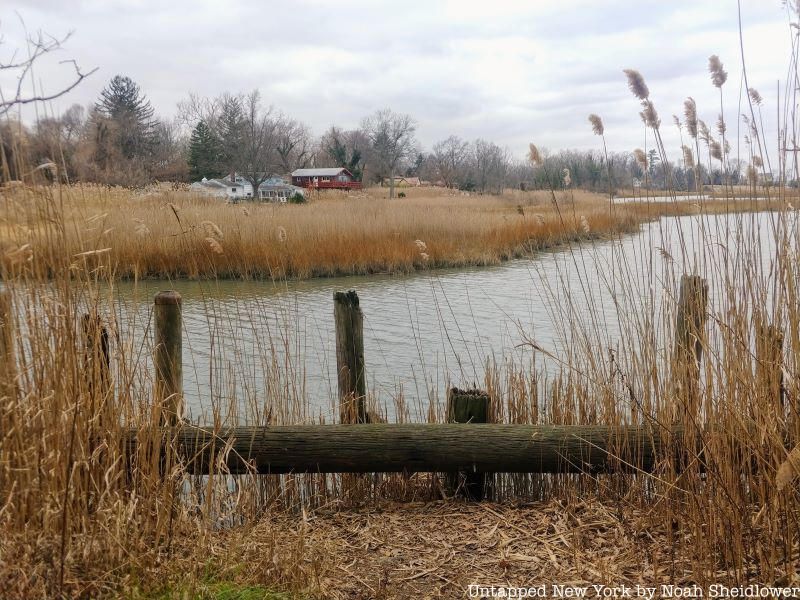
Little Neck, Queens, is a mostly residential neighborhood on the Queens-Nassau County border to the east of Douglaston. Originally settled by the Matinecock who lived near Little Neck Bay, Little Neck was predominantly farmland inhabited by wealthy Dutch families who built elaborate homesteads. By the late 1800s, Little Neck’s fishing industry had peaked, and many homes, some Tudor style, were constructed near Northern Boulevard in the early 1900s. Today, Little Neck is a quiet connection between the two boroughs, with a rich culinary presence and a nature preserve. Here are the top 9 secrets of Little Neck!
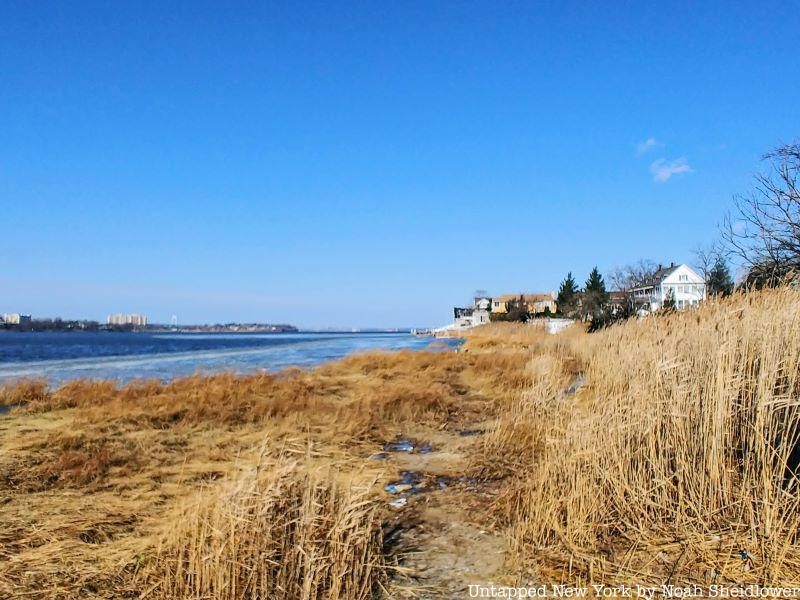
Littleneck clams, often considered the smallest hard shell clam, get their name from Little Neck Bay, which technically borders Douglaston. Evidence of clam fishing dates back to the time of the Algonquian and Matinecock tribes who lived along Little Neck Bay. The Native Americans used hollowed-out boats to collect different types of shellfish. Quahog clam shells, as well as conch, were used for wampum varieties like sewan. By 1860, Little Neck’s clam industry began to attract local and national attention, pulling in many large boats. The National Fish and Wildlife Foundation notes how Captain Christian William Kirkman harvested 40 tons of clams, which he sold to the best restaurants in New York City, as well as to European capitals. Kirkman built a temporary shelter on the banks of the bay to carry out his fishing endeavors.
Kirkman worked with local fishermen to purchase oyster seeds, rapidly growing the industry. At its peak, about 70 fishermen worked at Little Neck Bay harvesting these clams. These specific clams that the fishermen caught had a sweeter taste since they fed on freshwater. According to author Ellen Freudenheim, “The early history of Douglaston includes a short-lived colony of post-Civil War era African American oyster fishermen who made a living off the shores of Little Neck Bay… Some of their homes can still be seen in the landmark district.” The clam craze inspired the name “littleneck clams” still used 150 years later, though by the 1890s, the industry was all but shuttered in Queens. The growing pollution of Little Neck Bay killed off large populations of clams and oysters, and the bottom of the bay could no longer support them, destroying Kirkman’s fortune.
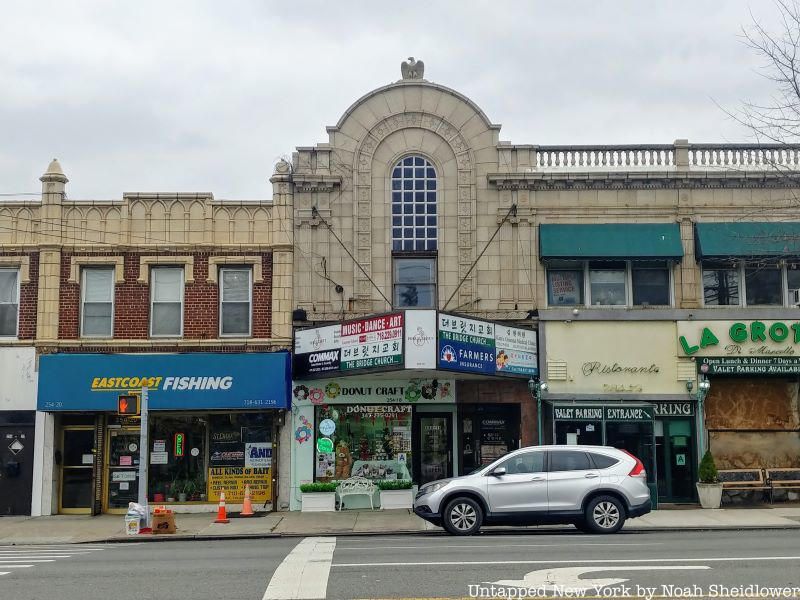
In somewhat typical fashion these days, the Little Neck Theatre, which opened in 1929, is now occupied by a donut shop, among other stories. The Little Neck Theatre was located at 254-18 Northern Boulevard, and its curved facade with an eagle on top still remains. The movie theater was opened on property belonging to the Van Nostrand family, who until the 1920s was one of the biggest landholders in Little Neck. According to the Queens Chronicle, the theater was first managed by Paul Raisler, a Polish immigrant who worked as a gas fitter before pivoting to the theater business.
After opening with the silent Frank Capra film “Submarine,” the theater achieved great success in the 1930s amid the Great Depression. Raisler opened up another theater, the Utopia Theater on Union Turnpike, in 1942. Locals would spend afternoons and evenings attending double features, or two films for the price of one. This success continued into the 1970s and early 1980s, but by the mid-1980s, the theater shut down after its air-conditioning system failed. In the theater’s place is now a donut shop called Donut Craft, as well as a medical clinic, a church, an education center, and an insurance office.

Over the last decade or two, Little Neck has become its own small and unofficial Chinatown. According to the 2018 Community Health Profile for Little Neck and Bayside, the neighborhoods are 43% Asian, a majority of whom are Chinese. A number of Chinese eateries and shops have opened along Northern Boulevard over the last few years, covering different regions of China and Taiwan.
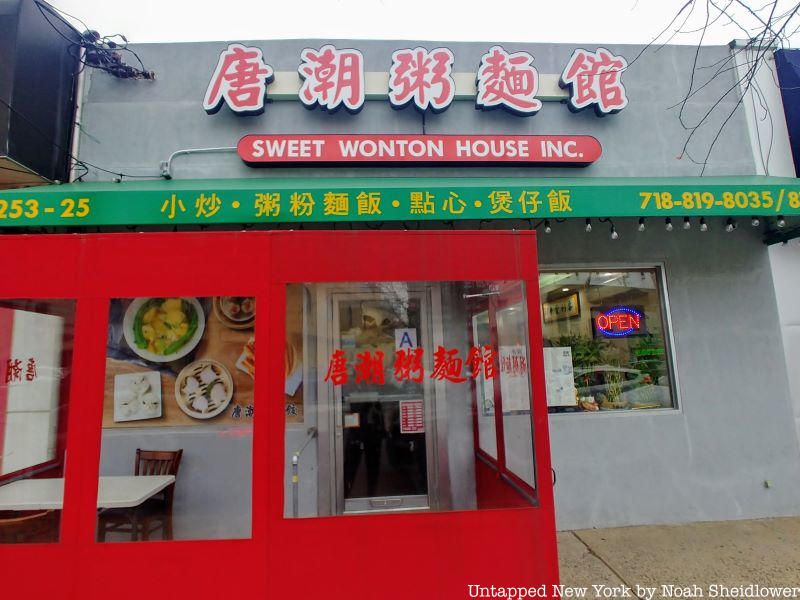
Little Neck is home to Cantonese restaurants like Moo Shu Duck, a tiny hole-in-the-wall eatery notable for its Peking duck, noodle soup with thin egg noodles, and fried flounder. Sweet Wonton House, which opened in 2022, offers classic Cantonese steamed rice rolls, clay pot rice dishes, and a variety of dim sum. LN1380, one of Little Neck’s newer eateries, serves modern Cantonese fare like dim sum, conch with oyster mushroom, and soy sauce chicken.
Nearby Northern Manor, currently undergoing renovations, offers more traditional fare like steamed scallops and frog legs. Shanghainese cuisine is also popular in Little Neck, with long-time favorite Little Dumpling offering classics like crab soup dumplings, stir-fried eggplant, and Lion’s Head meatballs.
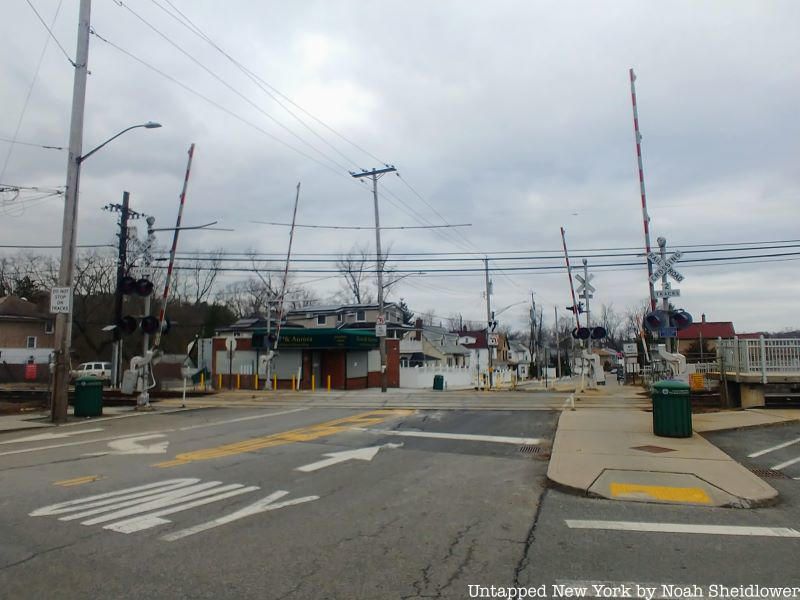
Little Neck Parkway, which extends from Little Neck to Floral Park, is Queens’s easternmost north/south route. Little Neck Parkway extends all the way to Udalls Cove and crosses Northern Boulevard, the Long Island Expressway, and Grand Central Parkway, serving mostly as a residential street. Little Neck was mostly farmland until the turn of the 20th century, even though the Long Island Rail Road was extended to Little Neck in 1866. A trolley service was operated along Northern Boulevard by the North Shore Traction Company from 1910 to 1920. Little Neck Parkway, though, allowed for easier transit along the eastern border of Queens, leading to rapid residential and commercial development throughout the mid-1900s.
Little Neck Parkway contains one of New York City’s only at-grade railroad crossings at the Little Neck Long Island Rail Road station. Though not technically in Little Neck, the Queens County Farm Museum just south of the border in Glen Oaks is situated on Little Neck Parkway. The museum hosts the city’s only corn maze and serves as New York City’s oldest working historical farm. It holds the title for New York City’s largest remaining tract of undisturbed land and the longest continuously farmed site in the state (in operation since 1697); the farmhouse dates back to 1772 and is one of the borough’s older buildings.
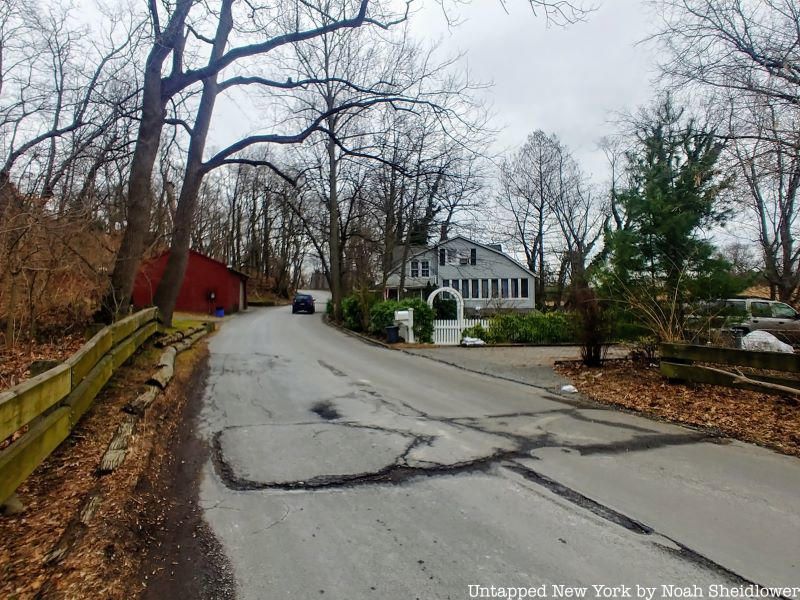
Sandhill Road, which connects Little Neck Station to Douglas Manor, is excluded from city maps, making it an anomaly for the local community and a confusing place to live for the handful of residents. Also called 39th Avenue (and by some, the Back Road), Sandhill Road crosses through Udalls Cove Park Preserve, the only road linking Little Neck and Douglaston above Northern Boulevard. The road’s disconnection from the city grid offers a degree of serenity and a small-town, old-country feel, though this comes with some frustrations.
Some official city maps omit the road entirely, even though the road has been around since 1873. It was originally called Railroad Avenue according to a map from the Douglaston-Little Neck Historical Society. But without being on city maps, some residents have historically expressed fears over emergency situations. There was a fight to get a fire hydrant on the road as well as speed bumps. Patch reported that residents also fought to get connected to the city’s water system and were refused “No Parking” signs as it was not technically a city street. Still, residents enjoy access to the nearby Aurora Pond and a small hiking trail with some public artworks integrated into the environment.
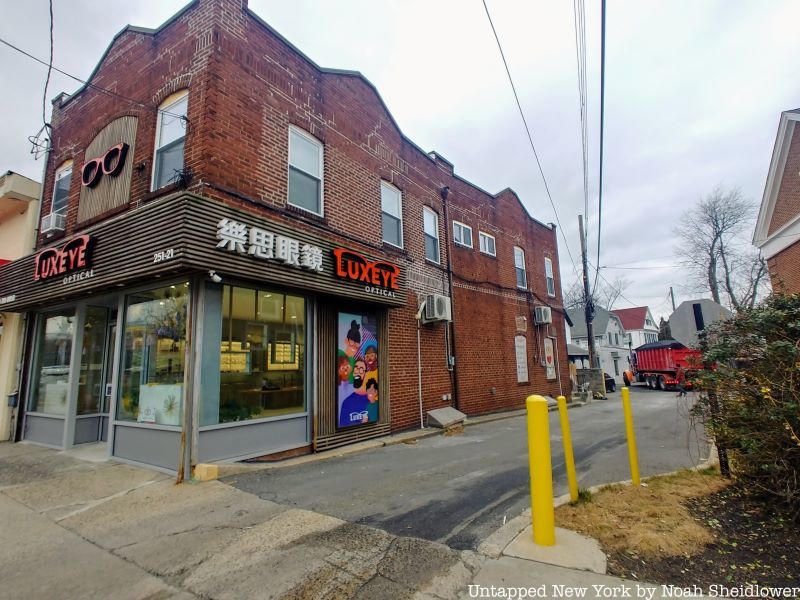
The Waters Family Burial Ground, which was located near Bean & Bean on Northern Boulevard, was a Native American cemetery that was removed in 1931 for the widening of Northern Boulevard. The cemetery was run by the Waters family of Matinecock, Shinnecock, and Montauk ancestry, according to the New York City Cemetery Project.
According to a letter by James Waters, or Chief Wild Pigeon, Native American graves nearby had been previously desecrated with little regard for their history. Waters was outspoken about protecting the family cemetery, which had 13 graves according to a 1919 survey. Waters’ efforts delayed the cemetery’s destruction until 1931 when 30 individuals were reinterred at Zion Episcopal Church.
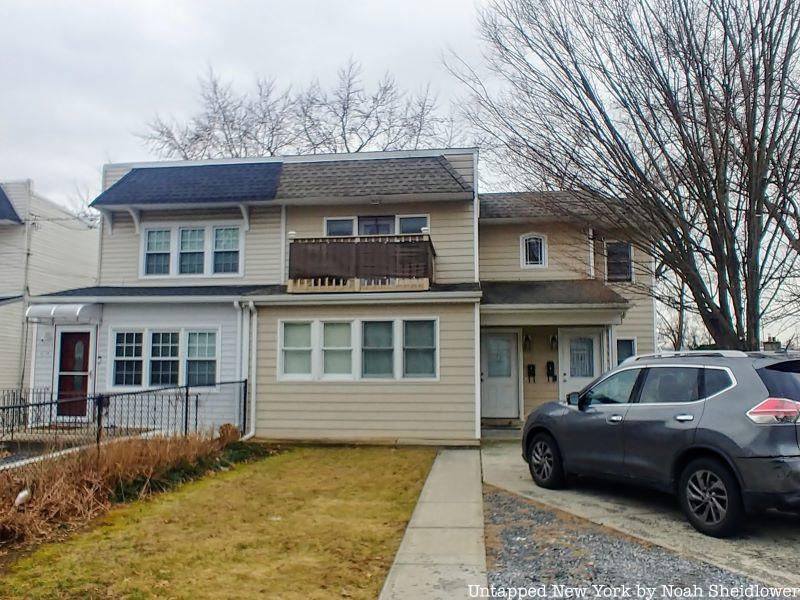
Though Douglaston often gets greater attention for its many famous residents who lived in historic waterfront homes, Little Neck also has its fair share of celebrities. Though born in Astoria, legendary Yankees pitcher Whitey Ford spent some years in Little Neck and attended Aviation High School in Long Island City. By age 19, Ford was signed to the Yankees as a free agent, and he spent his 16-year career entirely with the Yankees, picking up six World Series wins and 10 All-Star appearances.
George Tenet, Director of Central Intelligence for the CIA from 1996 to 2004, lived at 42-28 Marathon Pkwy. He was the second-longest-serving director in the agency’s history behind Allen Dulles, overseeing intelligence for weapons of mass destruction prior to the Iraq War. Before his controversial start in politics, he worked with his brother as a busboy at the former Scobee Diner.

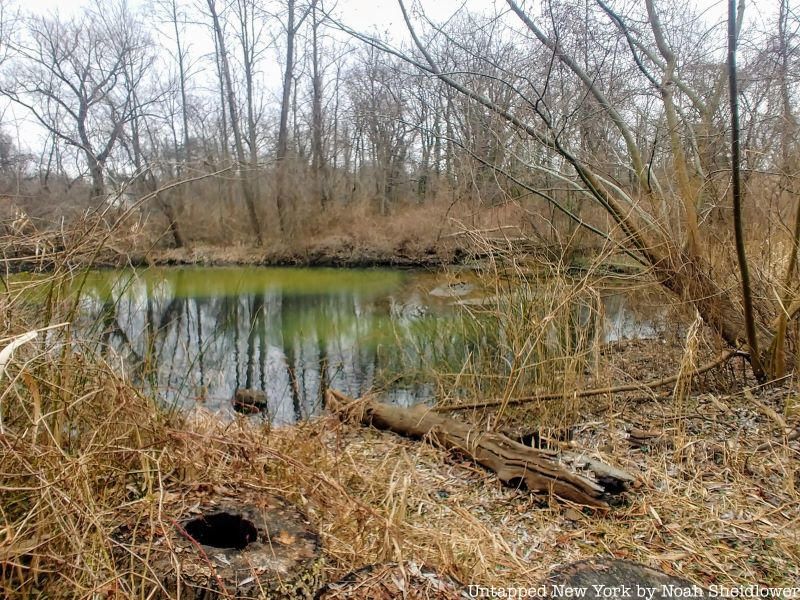
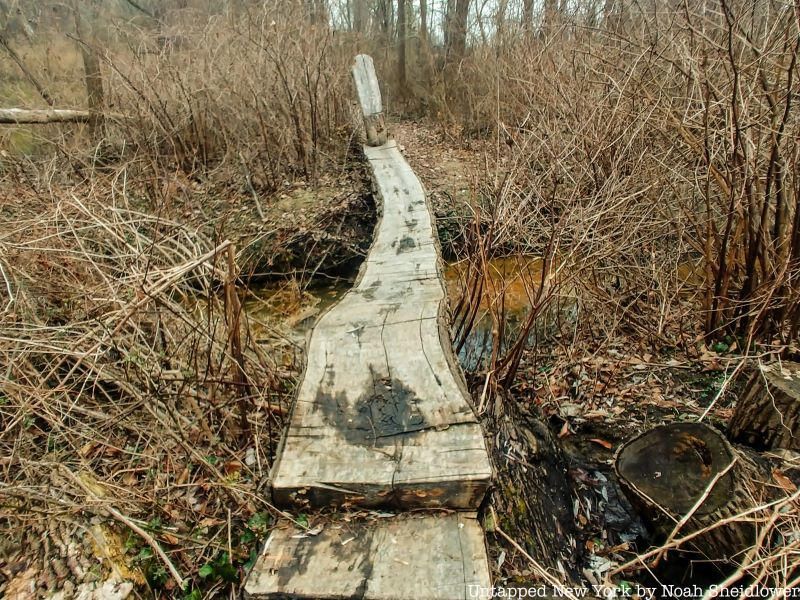
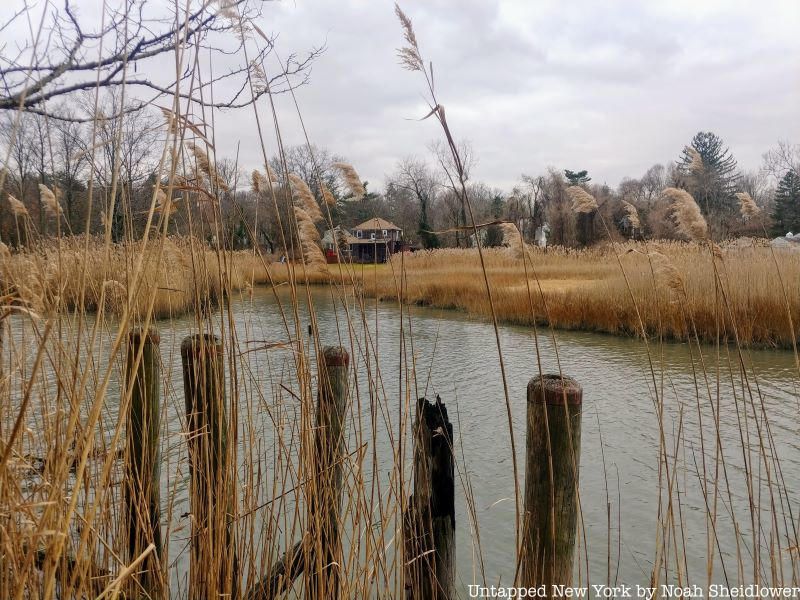
Udalls Cove, located between Little Neck and Douglaston, is one of the few remaining salt marshes on the North Shore of New York City, along with a salt marsh at nearby Alley Pond Park. Plans for the park preserve were put in place in 1960, and the Udalls Cove Preservation Committee (UCPC) was created in 1969 to care for the wildlife of the area. An “Ecological Report on Udalls Cove” was published a year later, outlining the conditions of the marshlands and wetlands. The wetlands measure around 100 acres, serving as a haven for egrets, herons, muskrats, and other marine animals. Many of these animals reside near a ravine and freshwater streams like Gabler’s Creek near homes in Little Neck and Douglaston. The cove is named for Richard Udall, who in 1833 bought a mill on the eastern side, which is now the Saddle Rock Mill in Great Neck.
However, even before the wetland park was approved, reports determined that as much as 50% of the marshlands were destroyed. Secretary of the Interior Stewart L. Udall publicly noted regarding environmental damage, “All too often this is simply because public conscience hasn’t been given the basic ecological understanding so necessary to selection of the right alternative.” There were threats to replace Udalls Cove with a golf course and an extension of a nearby church, and by the 1980s, construction on apartments nearby had posed further threats to the preservation of the wetlands. However, with the efforts of a Douglaston resident named Aurora Gareiss, Udalls Cove still has preserved dozens of animal species with particular assistance from local schools, including snowy egrets, ospreys, wood ducks, and clapper rails. Major restoration was performed on Aurora Pond in 2006, and over $185,000 was invested by the UCPC for restoration projects to the ravine and Virginia Point section.
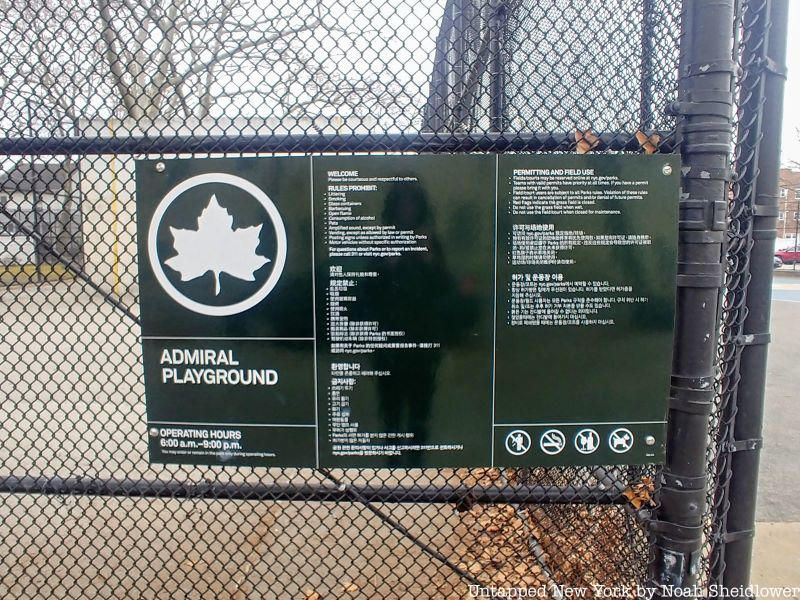
Admiral Park off Northern Boulevard was named for a senior Navy officer who served in the Civil War. Admiral David Dixon Porter served under David Farragut during the 1862 capture of New Orleans and joined General Ulysses S. Grant in the Vicksburg Campaign. Porter would later direct the bombardment of the Confederate Fort Fisher in North Carolina. Porter was promoted to full admiral after Farragut’s death in 1870, and he remained the most senior officer in the Navy for the next 21 years.
Admiral Playground also bears the name of Seymour “Sy” Seplowe, a World War II veteran who organized the Little Neck-Douglaston Memorial Day Parade. He later founded the Little Neck-Douglaston Youth Club and served as the president of the Little Neck-Douglaston Community Council. To honor Seplowe’s commitment to the area, the City named the park after him after acquiring it in 1951. The park was renamed in 1985 to Admiral Park, though the playground kept Seplowe’s name, receiving an $852,000 renovation in 1997.
Next, check out the Top 10 Secrets of Douglaston!
Subscribe to our newsletter